The first photograph and the accompanying information, is courtesy of www.explorecrete.com. It is taken from the above the village, looking towards Agia Pelagia, one of the most beautiful areas in northern Crete, used as a natural port by the Venetians. It is now a bustling commercial area, particularly in the summer. The most recent census shows Achlada to have 119 permanent residents (which also includes those working and living in Agia Pelagia). Agia Pelagia shows up as having approximately 500 permanent residents, but the numbers of people living and working in the area rises sharply in the summer months, due to the tourist trade.
The photographs of the old houses, were taken in March 2009 by Nikos Sfougaras.
Achlada
A drive along Rogdia’s main street, past the ‘plateia’ or village square, and you see the sign pointing to Achlada, our destination, 7km away. The winding, unsurfaced road follows a river bed, along whose banks have sprung farm buildings and a few houses, built haphazardly, where the concept of planning permission does not seem to be a priority. Pastel-coloured beehives too, are visible among the olives and plane-trees that cover this landscape. Sheep and goats shelter in the shade of larger trees, and a midday air of stillness is disturbed only by the sound of our car. There is a turning on the right to Agia Pelagia (5km from here) at about 3km. It is a dirt road, but a good one, as these things go, and the ride is bumpy but pleasant enough. The last 1 km before Achlada, and the road becomes asphalt.
 Achlada village is the close to Agia Pelagia, and its population
has almost entirely deserted this village to live and work in that
coastal resort. Achlada stands silent, although not without signs
of life. There is the surprising sight of a kindergarten beside the
well kept, and impressively sized, church. However, those villagers
we see are elderly, and the houses are almost all empty now. I feel
some sadness in walking around, knowing that progress, economic necessity
perhaps, has induced the young to abandon such a place. Views down
to the bay of Fodele and the coast, so close to Agia Pelagia, the
dramatic but sheltered position of the village, and the good land
around us, are all indications that this was once a fine place to
live and raise families.
Achlada village is the close to Agia Pelagia, and its population
has almost entirely deserted this village to live and work in that
coastal resort. Achlada stands silent, although not without signs
of life. There is the surprising sight of a kindergarten beside the
well kept, and impressively sized, church. However, those villagers
we see are elderly, and the houses are almost all empty now. I feel
some sadness in walking around, knowing that progress, economic necessity
perhaps, has induced the young to abandon such a place. Views down
to the bay of Fodele and the coast, so close to Agia Pelagia, the
dramatic but sheltered position of the village, and the good land
around us, are all indications that this was once a fine place to
live and raise families.
Times change. The relocation of the population has meant that houses here are in various stages of neglect, many starting to fall in on themselves, others wanting only minimal attention, having been left during the last decade or so.
We understood that there still existed one kafenio, but this too has closed. Walking in the narrow streets, the impression of being in a ghost town persists. A picturesque ghost town, but a place where life has all but departed, nonetheless. In many villages, ruined houses are used for animals or as storage space. Not here. An elderly woman speaks to Yannis, and they chat for a while as I scout among the empty shops, peering through shuttered windows and gaps in boarded-up doors. A rusted bed lies beside a cupboard behind one former shop, the dusty wooden radiogram, complete with broken records, sitting on top. The far end of the village seems to be the most dilapidated, about to tumble into the valley beyond.
 On re-joining Yannis, we are invited by the lady, Kiria (Mrs) Maria,
to sit with her beside the beautiful bougainvillea tree that adds
life and colour to her garden. Maria is a woman whose kindness is
written in her features. She offers us cold water and tasty cookies
and she answers willingly our questions about the village of Achlada.
On re-joining Yannis, we are invited by the lady, Kiria (Mrs) Maria,
to sit with her beside the beautiful bougainvillea tree that adds
life and colour to her garden. Maria is a woman whose kindness is
written in her features. She offers us cold water and tasty cookies
and she answers willingly our questions about the village of Achlada.
Before 1965 there was almost nothing in Agia Pelagia, which was a small port from where they transferred wood and coal to Heracleion. In 1965, a man appeared and started buying land from the locals for 5000 drachmas (approximately 17 EUR) for 1000 square meters (or 1 strema, the common way of measuring land in Greece). Soon another buyer showed up and he offered double the price. Tourism had just started in Greece and those two men were among the first to see the potential in this area. Soon after that, the Capsis Beach Resort was built on the Souda peninsula of Agia Pelagia.
Mrs Maria and her husband had a small taverna on the beach, where the builders used to eat. She had sold her land cheap, but they made good business with the many builders working on the huge hotel complex. Mrs Maria misses those times, when the people in her taverna were not her clients, as she says, but her good friends. This tavern has been renovated many times since then, but it is still in business today, now owned by Mrs Maria’s two sons.
This story must be a common one for the people of Achlada. Tourism turned the former farmers and shepherds into restaurant and hotel owners, who abandoned their village and moved to the beach of Agia Pelagia. We wonder what the future holds for the small community who still inhabit Achlada. Time will tell...
Photographs of various houses in Achlada, March 2009.
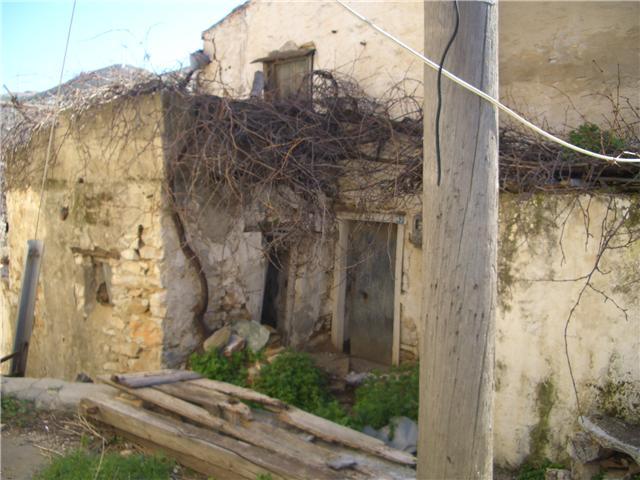
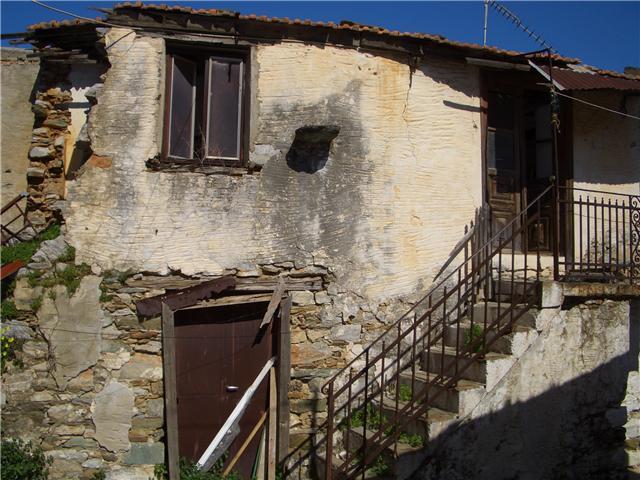
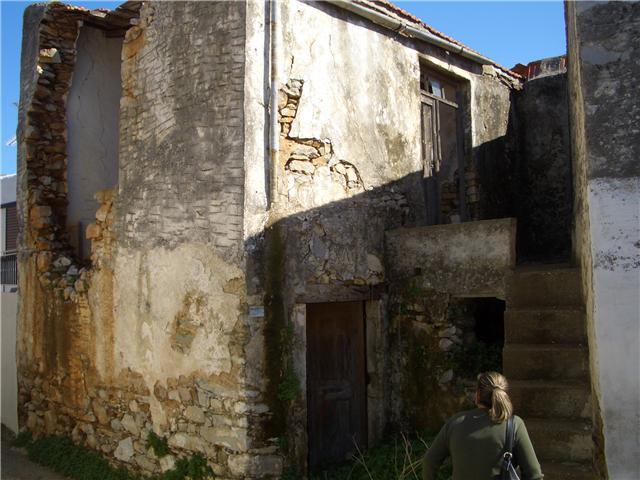
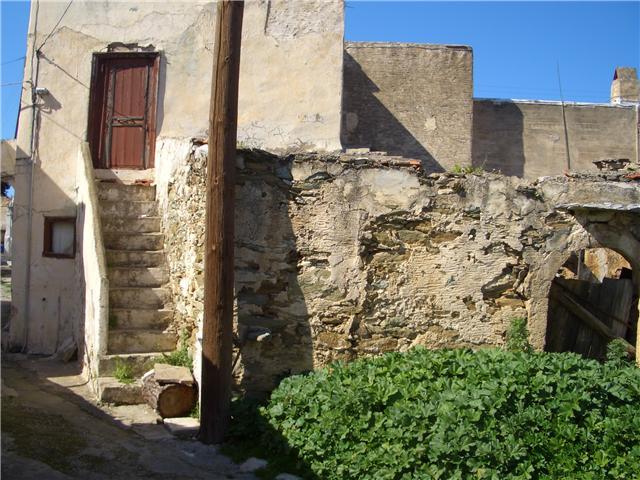
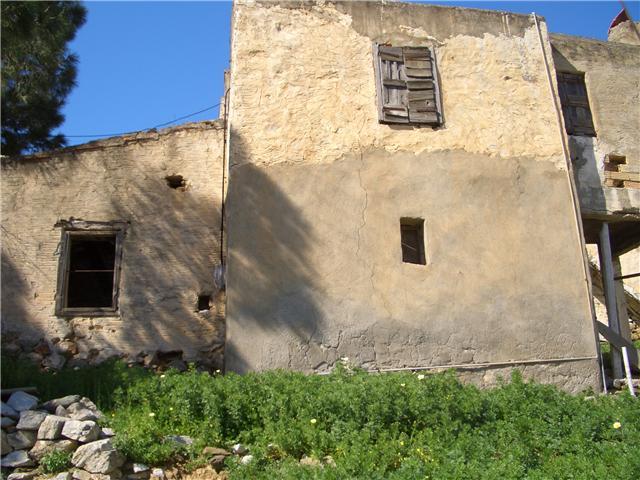
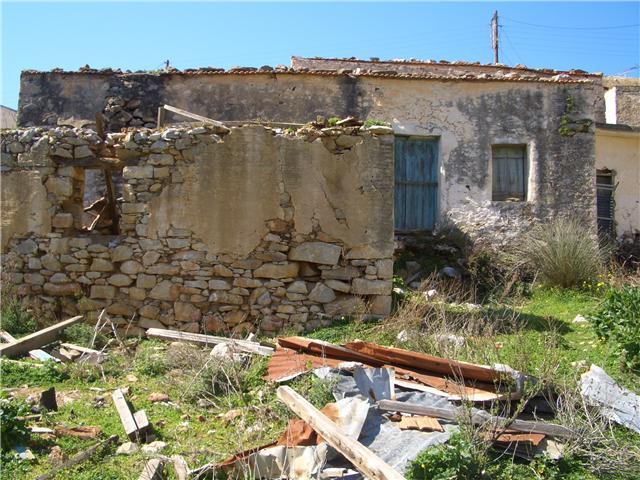
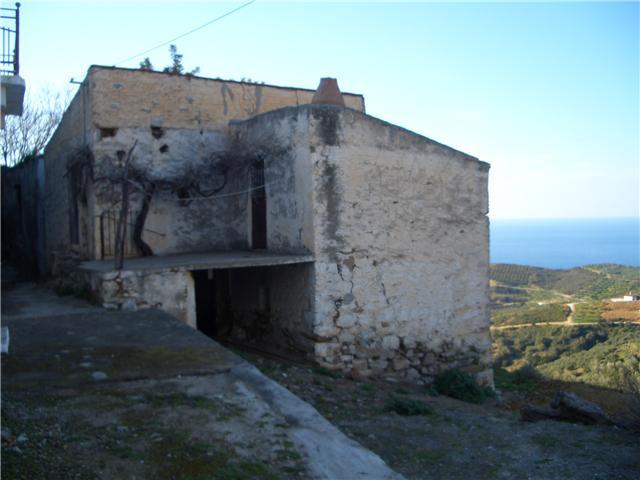
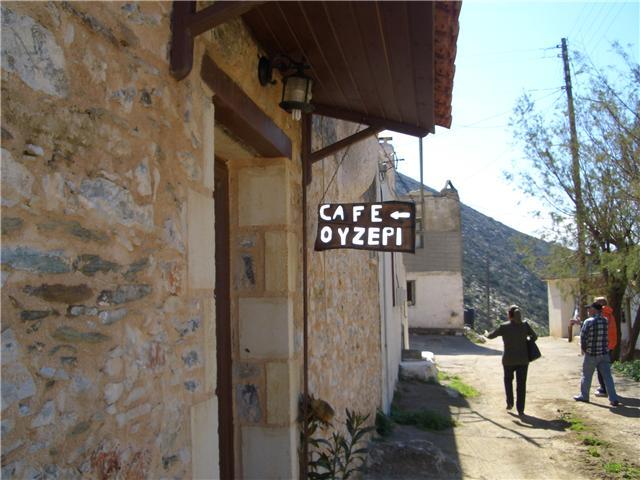
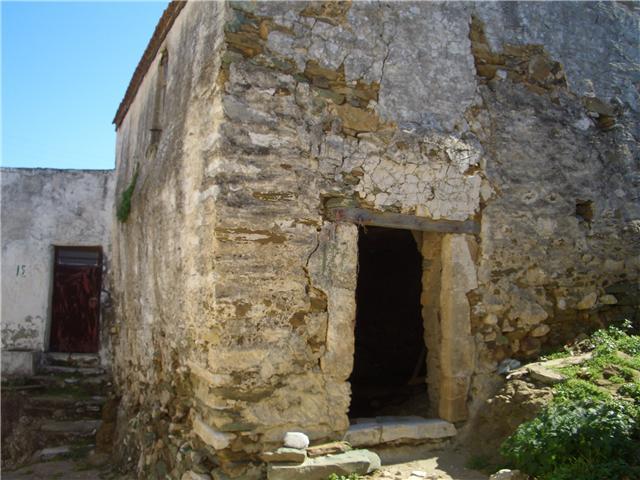

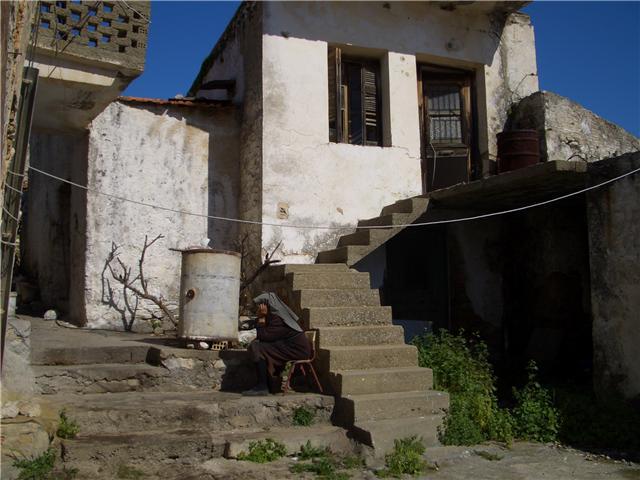
The photographs were taken by my brother, who lives in Crete. He has always been a great friend and supporter, and his wisdom and clarity are priceless. He spent a Sunday in Achlada with his wife Katy and two family friends.
The fact is, that Crete would not be home, if it was not for my brother and his family. It would be another beautiful Greek island. Which of course is also wonderful, but far less significant.